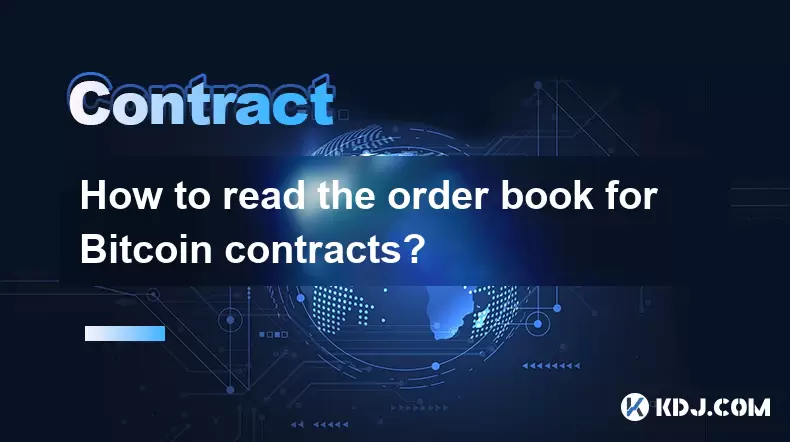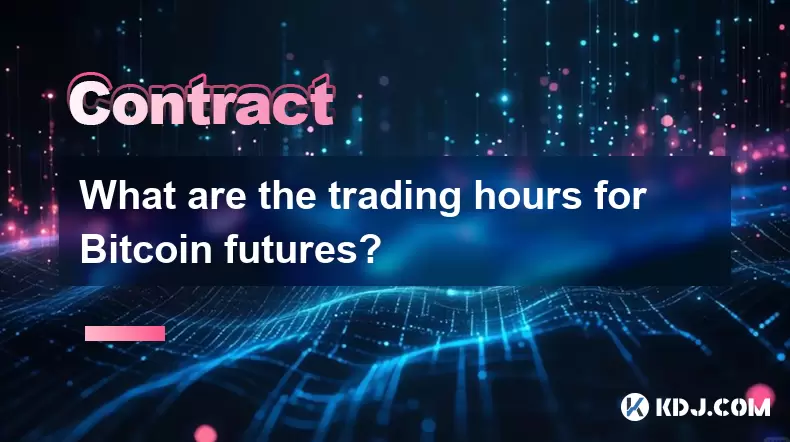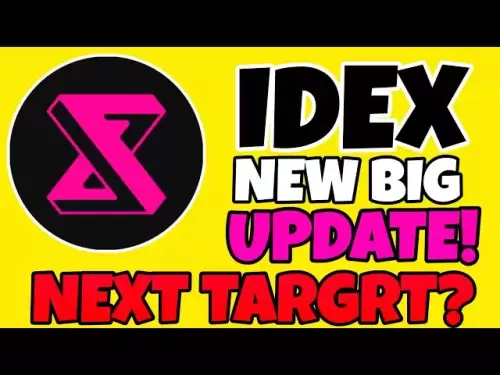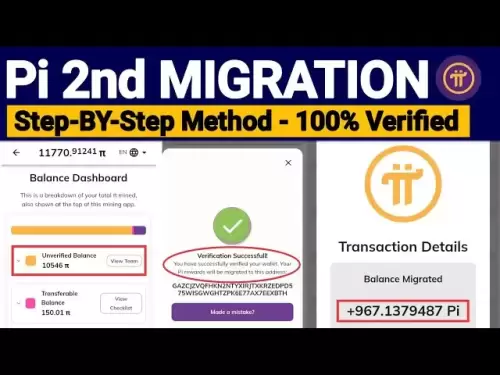-
 Bitcoin
Bitcoin $117,991.5647
-0.03% -
 Ethereum
Ethereum $2,966.4808
0.18% -
 XRP
XRP $2.8076
0.64% -
 Tether USDt
Tether USDt $1.0003
0.00% -
 BNB
BNB $689.9050
-0.63% -
 Solana
Solana $162.0407
-0.80% -
 USDC
USDC $0.9999
0.00% -
 Dogecoin
Dogecoin $0.1995
-1.51% -
 TRON
TRON $0.3001
-1.21% -
 Cardano
Cardano $0.7426
3.25% -
 Hyperliquid
Hyperliquid $47.7978
2.84% -
 Stellar
Stellar $0.4411
16.52% -
 Sui
Sui $3.4267
0.15% -
 Chainlink
Chainlink $15.3148
0.07% -
 Bitcoin Cash
Bitcoin Cash $506.5880
-1.91% -
 Hedera
Hedera $0.2222
12.41% -
 Avalanche
Avalanche $21.2049
1.67% -
 UNUS SED LEO
UNUS SED LEO $9.0606
-0.19% -
 Shiba Inu
Shiba Inu $0.0...01325
-0.86% -
 Toncoin
Toncoin $2.9979
0.32% -
 Litecoin
Litecoin $94.3717
1.13% -
 Polkadot
Polkadot $3.9873
-0.29% -
 Monero
Monero $336.1497
0.92% -
 Dai
Dai $0.9999
-0.01% -
 Uniswap
Uniswap $8.5189
-0.60% -
 Ethena USDe
Ethena USDe $1.0005
-0.04% -
 Pepe
Pepe $0.0...01236
-0.92% -
 Bitget Token
Bitget Token $4.4002
-0.23% -
 Aave
Aave $303.5433
1.05% -
 Bittensor
Bittensor $391.1314
-0.35%
How to read the order book for Bitcoin contracts?
The Bitcoin futures order book shows real-time buy and sell orders, helping traders assess liquidity, price direction, and potential support or resistance levels.
Jul 13, 2025 at 04:35 pm

Understanding the Basics of the Bitcoin Futures Order Book
The order book is a real-time list of buy and sell orders for a specific Bitcoin futures contract on a trading platform. It serves as a transparent view of market demand and supply, allowing traders to gauge the liquidity and potential price direction. Each entry in the order book represents a pending order placed by traders or algorithms, and it is typically divided into two sections: bids (buy orders) and asks (sell orders).
In the context of Bitcoin futures, the order book reflects the intentions of traders who are either bullish or bearish on the future price of Bitcoin. The bids are usually displayed in green, showing the price levels at which traders are willing to buy, while the asks are shown in red, indicating the price levels where traders are willing to sell.
Components of the Order Book Interface
Most trading platforms display the order book in a depth chart format alongside numerical data. The depth chart visually represents the volume of orders at different price levels. On the left side, you'll often see a list of buy orders, and on the right, a list of sell orders.
Each row in the order book typically includes the following information:
- Price level: The price at which the order is placed.
- Order size: The number of contracts or the amount of Bitcoin associated with the order.
- Cumulative size: The total number of contracts available at or above (for asks) or below (for bids) a certain price.
Some platforms also include a market depth chart, which shows the total volume of buy and sell orders at different price levels. This can help traders visualize where the strongest support and resistance levels are forming.
Interpreting Bid-Ask Spread and Market Liquidity
The bid-ask spread is the difference between the highest price a buyer is willing to pay (best bid) and the lowest price a seller is willing to accept (best ask). A narrow spread usually indicates high liquidity, while a wide spread may signal low liquidity or high volatility.
Liquidity is crucial in Bitcoin futures trading because it affects how quickly and efficiently a trader can enter or exit a position. High liquidity means that large orders can be executed without significantly moving the price. Conversely, low liquidity can result in slippage, where the executed price differs from the expected price.
Traders can also look at the order book imbalance to assess short-term price movements. If there is a large amount of buy orders stacked below the current price, it may suggest a potential support zone. On the other hand, a heavy concentration of sell orders above the current price may indicate a resistance area.
Using the Order Book for Entry and Exit Decisions
Traders can use the order book to time their entries and exits more effectively. For instance, if a trader wants to go long on a Bitcoin futures contract, they might look for a situation where the bid side of the book is thick with large orders. This suggests strong buying interest and potentially limited downside risk.
Conversely, if the ask side is heavily populated with large sell orders, it may be a sign of resistance, and entering a long position might not be ideal unless those orders are absorbed. Similarly, traders looking to short sell may wait for large bid orders to be filled before initiating a short position, as this could signal weakening demand.
Another strategy involves watching for order book sweeps or iceberg orders. These are large orders broken into smaller chunks to avoid revealing the full size. If you notice repeated small orders at similar price levels, it may indicate the presence of a larger hidden order.
Common Pitfalls and Misinterpretations
One of the most common mistakes when reading the Bitcoin futures order book is assuming that the displayed orders are real and not manipulated. Some exchanges may allow or tolerate spoofing, where traders place large orders and then cancel them before execution to create a false impression of market interest.
Another pitfall is relying solely on the order book without considering other market data such as volume, open interest, or price action. The order book provides a snapshot of current sentiment but should be used in conjunction with broader market analysis.
Traders should also be cautious of order book depth discrepancies across different exchanges. Some platforms may show aggregated data from multiple markets, while others display only the native order book. This can lead to confusion if not properly understood.
FAQs
What is the difference between a limit order and a market order in the Bitcoin futures order book?
A limit order is placed at a specific price and will only execute if the market reaches that price. It appears in the order book until filled or canceled. A market order, on the other hand, executes immediately at the best available price and does not appear in the order book.
Why do some price levels in the order book have significantly more volume than others?
Certain price levels may act as psychological or technical support/resistance zones. Traders often place orders at these levels, leading to higher concentrations of buy or sell volume.
Can I see the order book for perpetual Bitcoin futures contracts the same way as for quarterly futures?
Yes, the structure of the order book remains the same for both perpetual and quarterly futures contracts, but the underlying price dynamics and funding rates may differ, which can affect trading behavior.
Is the order book the same across all cryptocurrency exchanges?
No, the order book varies between exchanges due to differences in liquidity, user base, and market depth. Some exchanges may also aggregate data from multiple sources, which can impact how the order book appears.
Disclaimer:info@kdj.com
The information provided is not trading advice. kdj.com does not assume any responsibility for any investments made based on the information provided in this article. Cryptocurrencies are highly volatile and it is highly recommended that you invest with caution after thorough research!
If you believe that the content used on this website infringes your copyright, please contact us immediately (info@kdj.com) and we will delete it promptly.
- Little Pepe, Pepe Coin, and Bonk: Meme Coin Mania Sweeping Crypto in 2025!
- 2025-07-13 22:36:38
- ADA, NEAR, BlockDAG: Crypto Trends and Insights You Can't Miss (NYC Style)
- 2025-07-13 22:36:38
- TRUMP Tokens Unlocked: A Deep Dive into World Liberty Financial and Aqua 1's $100M Investment
- 2025-07-13 22:50:37
- Cryptos Under $0.10: Solana's Successors and the Top 10 Potential
- 2025-07-13 22:50:37
- Crypto Week, TRUMP Tokens, and Crypto Bills: Navigating the Wild West of Digital Assets
- 2025-07-13 23:05:35
- Bitcoin's Rally: Consolidating for the Next Leap?
- 2025-07-13 23:05:35
Related knowledge

Psychology of trading Bitcoin contracts
Jul 13,2025 at 02:50am
Understanding the Emotional Rollercoaster of Bitcoin Futures TradingBitcoin contract trading, especially in the form of futures, introduces a high lev...

Best time of day to trade Bitcoin contracts?
Jul 13,2025 at 05:29am
Understanding Bitcoin Contracts and Their VolatilityBitcoin contracts, particularly futures contracts, are derivative instruments that allow traders t...

How to use Fibonacci levels in Bitcoin contract trading?
Jul 13,2025 at 08:07am
Understanding Fibonacci Levels in TradingFibonacci levels are a technical analysis tool used by traders to identify potential support and resistance z...

Understanding the Bitcoin futures term structure
Jul 13,2025 at 08:28am
What is Bitcoin Futures Term Structure?The Bitcoin futures term structure refers to the relationship between the prices of Bitcoin futures contracts w...

What are the trading hours for Bitcoin futures?
Jul 13,2025 at 12:14pm
Understanding Bitcoin Futures Trading HoursBitcoin futures are derivative contracts that allow traders to speculate on the future price of Bitcoin wit...

How to withdraw profits from a futures account?
Jul 13,2025 at 07:07am
Understanding Futures Accounts and Withdrawal MechanicsIn the cryptocurrency space, a futures account is used to trade contracts that derive their val...

Psychology of trading Bitcoin contracts
Jul 13,2025 at 02:50am
Understanding the Emotional Rollercoaster of Bitcoin Futures TradingBitcoin contract trading, especially in the form of futures, introduces a high lev...

Best time of day to trade Bitcoin contracts?
Jul 13,2025 at 05:29am
Understanding Bitcoin Contracts and Their VolatilityBitcoin contracts, particularly futures contracts, are derivative instruments that allow traders t...

How to use Fibonacci levels in Bitcoin contract trading?
Jul 13,2025 at 08:07am
Understanding Fibonacci Levels in TradingFibonacci levels are a technical analysis tool used by traders to identify potential support and resistance z...

Understanding the Bitcoin futures term structure
Jul 13,2025 at 08:28am
What is Bitcoin Futures Term Structure?The Bitcoin futures term structure refers to the relationship between the prices of Bitcoin futures contracts w...

What are the trading hours for Bitcoin futures?
Jul 13,2025 at 12:14pm
Understanding Bitcoin Futures Trading HoursBitcoin futures are derivative contracts that allow traders to speculate on the future price of Bitcoin wit...

How to withdraw profits from a futures account?
Jul 13,2025 at 07:07am
Understanding Futures Accounts and Withdrawal MechanicsIn the cryptocurrency space, a futures account is used to trade contracts that derive their val...
See all articles

























































































